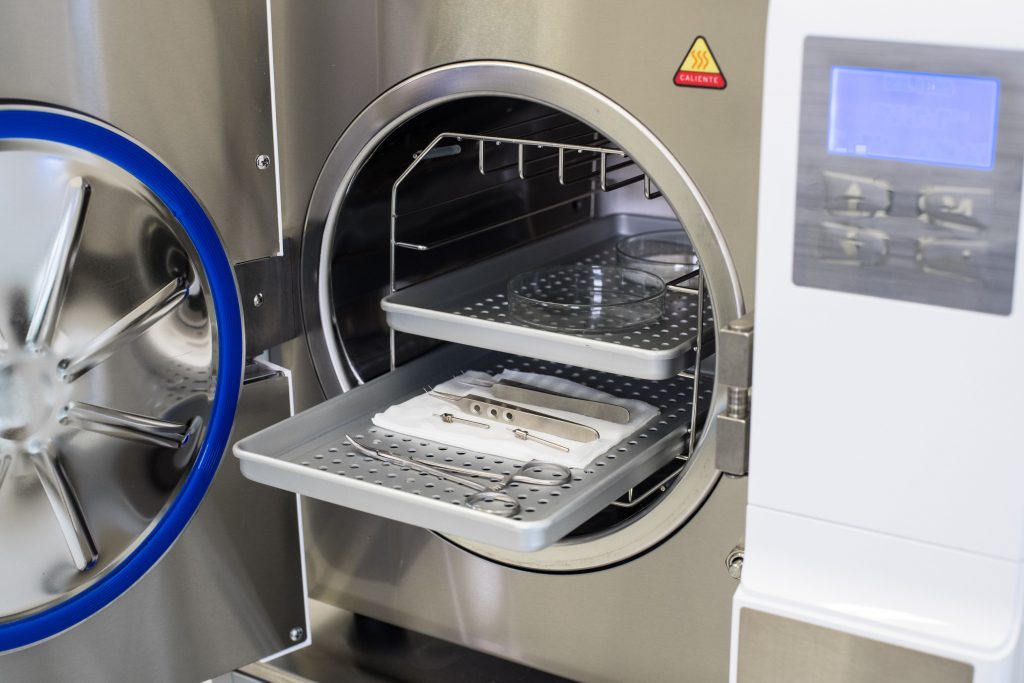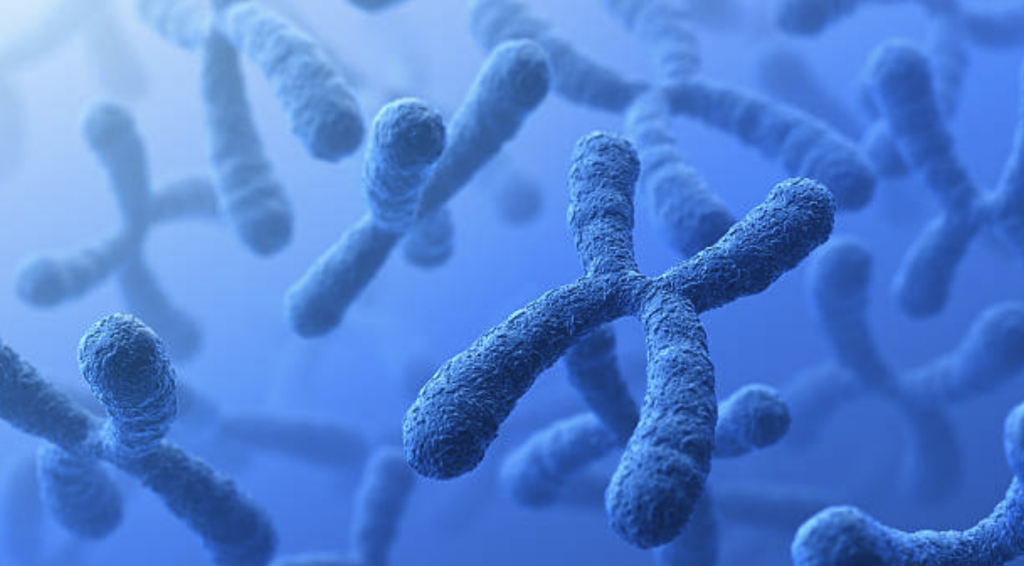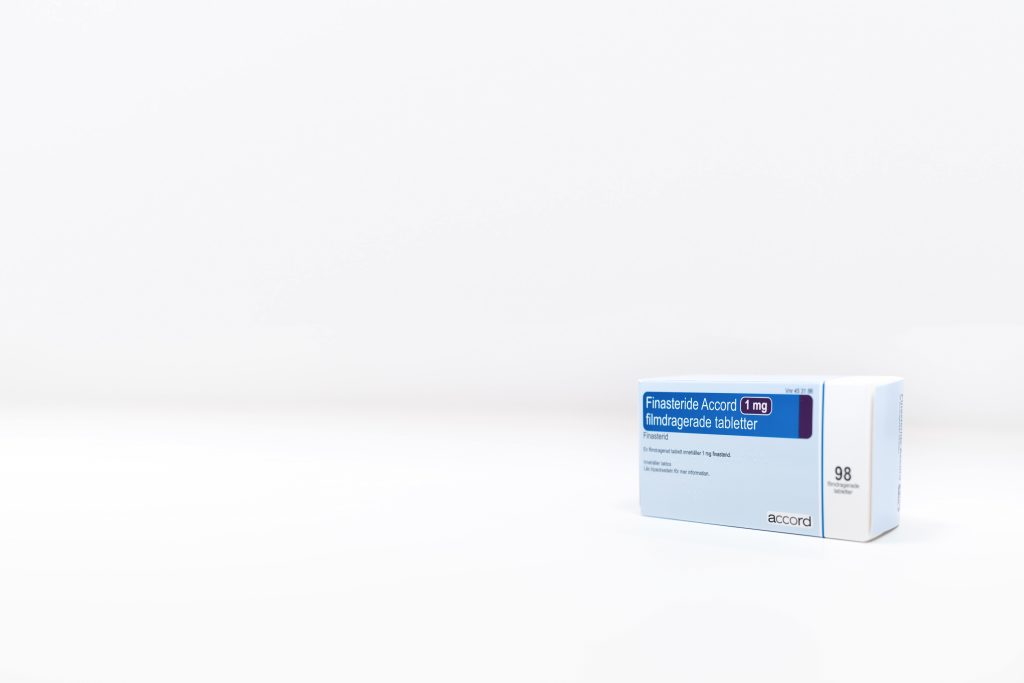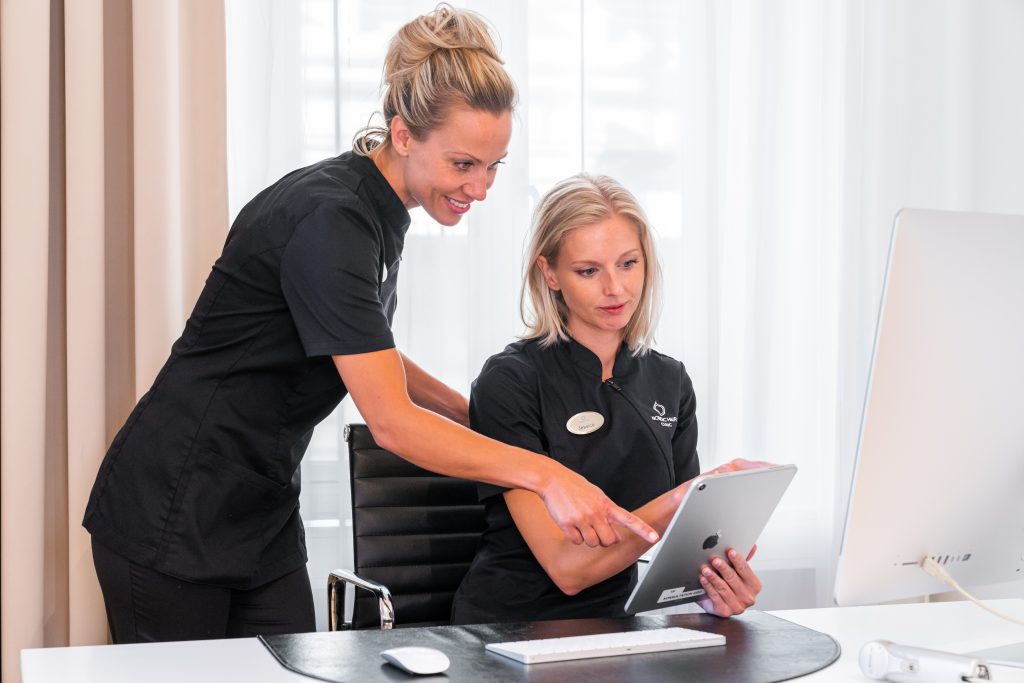
Articles
Autoclave
Any procedure that involves going beneath the surface of the skin carries a risk of infection. A hair transplant is no exception. During a transplant, it is therefore important that the instruments are sterile – that is, completely free of bacteria.
To clean the instruments, we use autoclaves – just like in hospitals and dentists around the world. An autoclave is a form of pressure cooker that sterilises hospital instruments. Compresses, tubes, tweezers, scissors – we run everything in the autoclave. In our sterilising machines, instruments are heated up to 134 degrees for ten minutes. After this process, the instruments are completely sterile. Some autoclaves only heat up to 120 degrees, but then there is a risk of bacteria surviving.
The risk of infection is extremely low in Sweden in general and in our clinic in particular. In warmer countries, sterility requirements may be as high as in Sweden, but the risk of infection is still greater. This is because there are more bacteria in the air.
Our average is one infection per 300 hair transplants. It could be a customer who comes home and lies down on the pillow where the cat has just lain and gets germs in the wound. Or a customer putting mascara (mascara often contains bacteria) on their new eyebrows.
An infection is not very dangerous, we can easily treat it with antibioticsin a few days. But still – who wants their customers to get an infection? We certainly don’t. That’s why we attach great importance to good hygiene and high standards of sterilisation, and we have a handful of autoclaves in the clinic. For PRP treatments, the autoclave does not play as important a role. For PRP treatment, we use sterile disposable needles and syringes that are disposed of after each procedure.




